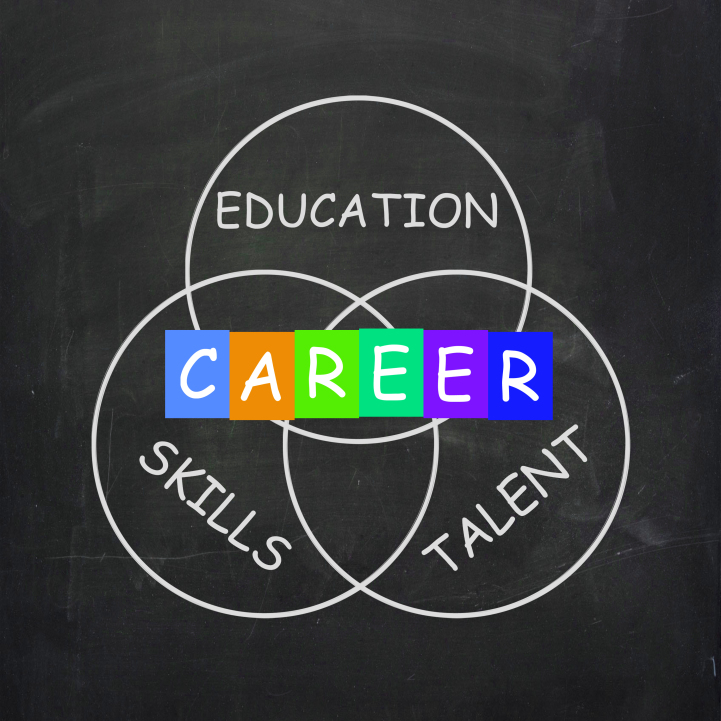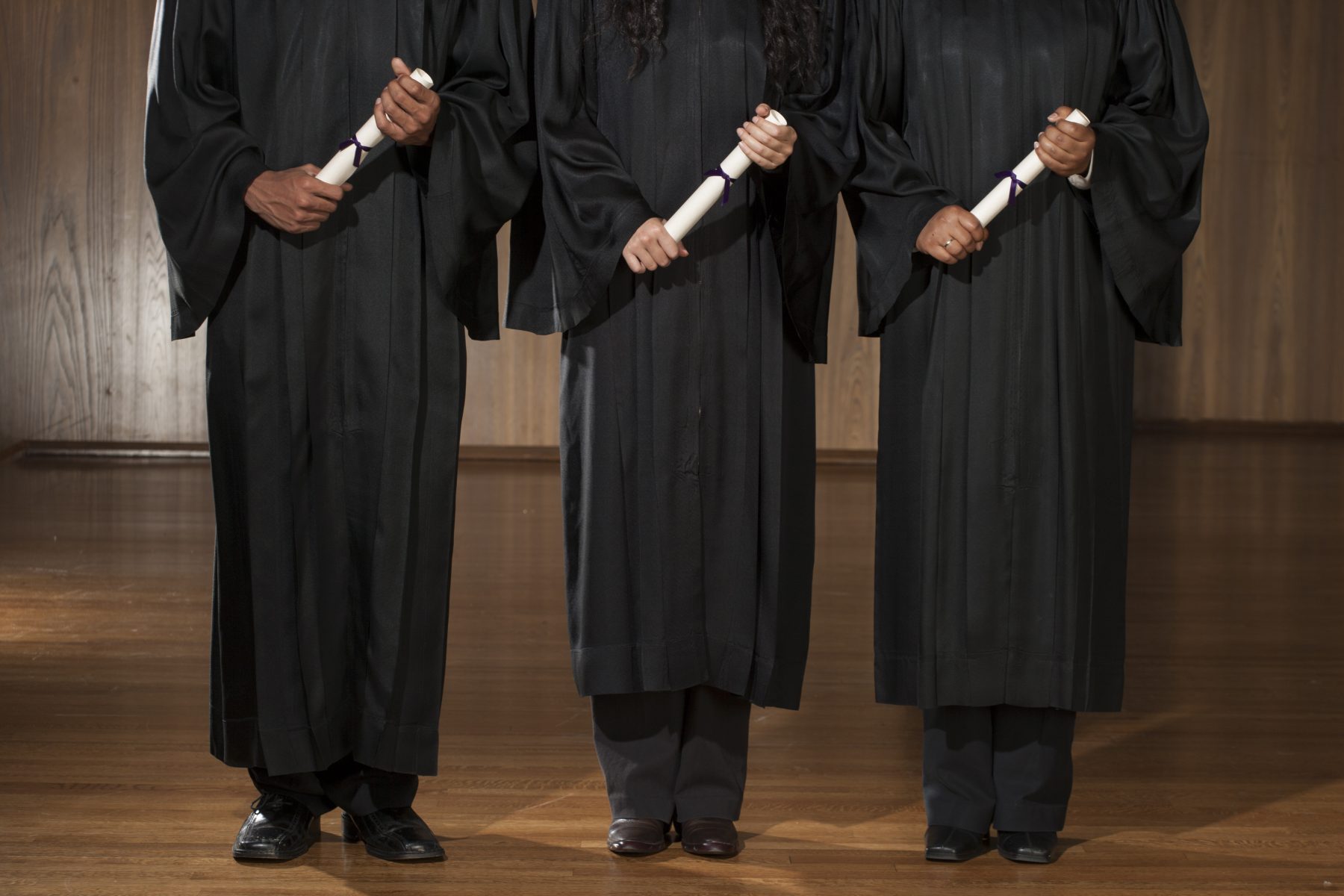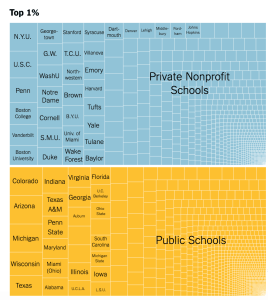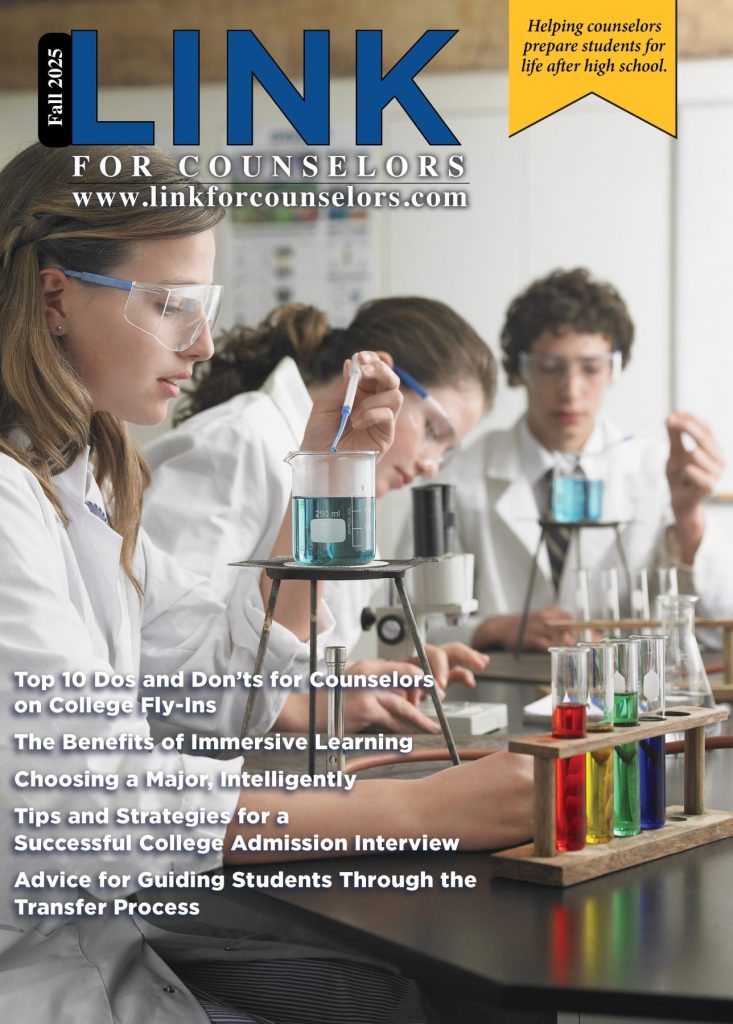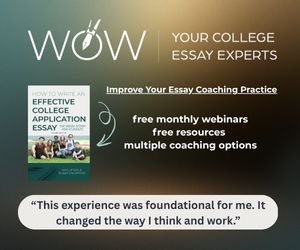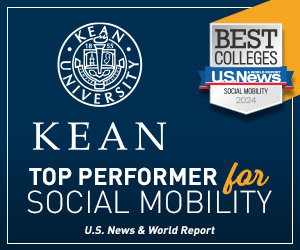Everyone is familiar with the devastating physical effects of smoking. However, what people don’t think about is psychological effects. These include mood and behavior changes and mental health.
How It Works — What Are the Effects of Nicotine on the Brain?
When a person inhales the smoke from a cigarette it hits the lungs within 10 seconds. The nicotine from the cigarette begins to cause a series of reactions. It increases the levels of chemicals called dopamine and epinephrine.
When the body releases epinephrine, or adrenaline, in high
concentration, the blood pressure, heart, and breathing rate all
increase. This makes the person feel energized and alert. This is what
creates the “rush” or a nicotine buzz.
The first few times a person smokes a cigarette, he or she experiences a “smoker’s high.” This is a short buzz with lightheadedness, an elevated mood, and a general feeling of pleasure.
Why Do People Become Addicted to Smoking Cigarettes?
People
become addicted to cigarettes because they think they’ll get the same
buzz every time they smoke one. What they don’t realize is that because
of nicotine’s mental effects, they’ll never get the same rush as their first cigarettes.
This
is because that first cigarette raised the brain’s expectations of what
pleasure should be. A person then attempts to reach this same level of
pleasure by smoking another cigarette and another. Then, they’ll smoke a
few more. However, that person’s “pleasure threshold” has already been
raised. As a result, that same release of dopamine no longer brings him
or her as much pleasure as it did. This is just one of the psychological
effects of nicotine.
This is also what it means to say someone is “chasing a high”.
It’s because the person is chasing something he or she will never
“catch” again. However, the smoker doesn’t necessarily see it that way
because of the mental effects of tobacco cigarettes.
If no cigarette will ever be as “pleasurable” as the first, why do people claim to feel so “relaxed” after?
Smoking and Drinking – Their Combined Effects on The Body
While
both activities are plenty dangerous all on their own, many people
smoke and drink alcohol in tandem. There are various reasons for that.
For one, those who are used to lighting up whenever they have a drink
may come to associate alcohol with tobacco. This can lead to cravings
for a cigarette any time alcohol is consumed and vice versa – smoking
may come to trigger cravings for alcohol.
Stress is also a factor, as both tobacco products and alcohol are known for their (temporary) stress reducing qualities.
Double the unhealthy actions, means double the risk. However, studies have shown
that those who drink are more likely to crave tobacco products. Even
those who are only social smokers, meaning they only light up in certain
social situations, are more likely to smoke while drinking.
That’s because both alcohol and tobacco affect the brain in similar ways. Having one can easily lead to cravings or thoughts of the other. Even when people are going through the alcohol rehab (inpatient, in the vast majority of cases), they are encouraged to quit smoking too, since smoking serves as a trigger to drinking behaviors.
Nicotine’s Effects on Mental Health
According to the Centers for Disease Control, 31% of all smokers are adults with a mental illness.
These
illnesses can include depressive disorders, bipolar disorders, and more
severe psychotic disorders which require hospitalization. Like all
other smokers, these people are at an increased risk for smoking-related
diseases, such as lung cancer and cardiovascular disease. There are
also additional risks and effects of smoking, however. Tobacco use may
affect treatment for some mental illnesses, as the nicotine can react
with medications the patients are taking to treat their mental
illnesses.
People who are addicted to smoking often justify their habit by saying things like:
It helps with my anxiety because it relaxes me, It helps me deal with stress because it calms me down.
People who are addicted start to believe that they are self-medicating. In reality, the only thing they are “treating” when they smoke a cigarette is the nasty symptoms of nicotine withdrawal. Therefore, those people are treating something that would not be there if they hadn’t started smoking in the first place. A study from the Institute of Medical Psychology and Behavior Neurobiology at the University of Tubingen in Germany supports this idea.
Nicotine & Stress
Smokers often have a cigarette either
during or immediately after a stressful event or situation. The act of
smoking and the rituals associated with it seem to relieve stress
temporarily, which is something the best vapes can replicate. It leads
them to believe smoking actually reduces stress levels. In fact, the
only things they are alleviating are the withdrawal symptoms of
nicotine.
The more nicotine people ingest into their bodies, the
more they need to feel normal. This is why smokers seem to become
irritated and angry at increasing intervals throughout the day. This
anger can cause people to say or do harmful things to themselves and
others.
Still not convinced…?
Because smokers use
cigarettes to relieve stress, they begin to lose their ability to
actually cope with stress. After a while, their answer for everything is
smoking a cigarette instead of dealing with the underlying issues.
Coping with stress is a mental skill. If people don’t use it, they lose
it.
Nicotine & Anxiety
Nicotine’s
relationship to anxiety is similar to its relationship with stress.
Anxiety is also a withdrawal symptom that tends to happen within hours
of a person’s last cigarette. For heavy smokers, these withdrawal
symptoms can occur much earlier.
Everyone knows smoking can lead
to decreased lung function. What they don’t know is how having unhealthy
lungs can worsen certain symptoms of anxiety. When a person’s lungs
don’t work properly, he or she may breathe faster than normal. This is
to compensate for the lack of oxygen getting to the brain and heart.
This, along with frequent coughing, can cause a person to
hyperventilate.
Hyperventilation
is a common trigger for panic attacks and other symptoms of anxiety.
They include rapid heartbeat, chest pains, shortness of breath, and
lightheadedness. These symptoms can, in turn, create even greater
feelings of anxiety. As a result, they may lead to the development of a
panic disorder.
The Effects of Nicotine on People Who Suffer from Mental Illness
According
to researchers at the Centers for Disease Control and Prevention,
people who suffer from mental illness are 70 percent more likely to
smoke than those who don’t.
Depression
There are many
factors determining who does and does not develop mental illnesses like
depression. Many believe nicotine is a direct cause of depression. This
is due to nicotine’s effects on the dopamine levels in the brain.
Smoking
tobacco may temporarily increase levels of dopamine. Therefore, it
increases a person’s feelings of pleasure and well-being.
Eventually, these levels fall to abnormally low levels, causing the person to feel unhappy. If this pattern continues for days, weeks, or months at a time, the person’s dopamine pathways stop working normally. This is why one of the negative effects of nicotine is the development of mood disorders such as depression.
Schizophrenia
According to the Royal College of Psychiatry,
90 percent of people with schizophrenia smoke. This may be because
people with schizophrenia smoke in an attempt to manage the symptoms of
the disease.
Or it might be to counteract side effects of their medication such as restlessness, tremors, and muscle spasms. Some studies have even shown smoking to have positive effects on attention, working memory, and reflexes in people with schizophrenia.
Suicide
According to the CDC, suicide is the 10th leading cause of death in the United States. In 2013, there were 41,149 suicides.
Some
of the neurochemicals released while smoking are considered to be
psychoactive, and can modulate behavior. This issue is the basis of a
new study which demonstrates that smoking may cause psychosis. This reasoning supports the mounting evidence which suggests that smoking actually increases the risk of suicide.
It
has been well-documented in the past that there is a strong
relationship between smoking and mental disorders. However, it was
previously assumed that those already suffering from mental disorders
were more attracted to smoking.
This new evidence demonstrates
that there is an opposite relationship where smoking actually creates
the risk of psychiatric disorders. Increasing the risk of worsening
psychiatric disorders, it also increases the risk of suicide.
Since
smoking can physically change the structure of your brain, it must be
acknowledged that smoking can also control or manipulate behavior. We
are asking that everyone come together to help detour those at risk of suicide by educating them and supporting them in their efforts to quit. Supporting this cause may save a life, maybe someone’s very close to you.
Ways to Quit
For
smokers, quitting can seem incredibly intimidating. Every smoker knows
what happens when he or she goes without a cigarette for too long.
Feelings of anxiety, frustration, and anger begin to emerge. That person
becomes quite obsessed with the thought of smoking. This is what makes
it so hard to quit.
Some patients who suffer from one form of
mental illness or another begin smoking within the walls of a mental
health treatment facility. These facilities often allow patients to
smoke on the premises, and some even offer tobacco products as rewards
for good behavior. The health implications of these actions have been
largely ignored until recent years, as most of the staff’s efforts are
generally focused on treating the illness.
Many patients recover
from their disorders well enough to leave the facilities and refocus on
living a normal life, but once the smoking habit has started, it can be a
hard one to break. Once the mental illness is under control, many
sufferers want to quit smoking
but find that it is more difficult than they imagined it would be. This
can cause frustration and may hinder the recovery from some depressive
illnesses.
However, there are things a person can do to make the process easier. They will give him or her a much better chance at success.
Find Other Ways to Deal With Stress
When
people use smoking as a way of “dealing with” stress, they often forget
how to do it without nicotine. It can be helpful for people trying to
quit smoking to research other ways to handle these negative emotions.
Some useful stress-relief techniques include:
- Breathing exercises
- Meditation
- Yoga
- Aromatherapy
- Listening to music
- Getting a massage
- Talking to someone about the things that may be causing these negative feelings
- Writing about any negative feelings you may be experiencing
- Exercising
Take a journey in your mind. Think of yourself at the beach or in a garden or the mountains… anywhere you want. Close your eyes and think about what it would feel like to be there right now. Enjoy all the little things in this beautiful place.
Avoid Triggers
Certain people, places, or
things can make a person crave a cigarette, otherwise known as triggers.
While triggers can be different for everyone, some common ones include:
- Driving
- Overeating
- Alcohol
- A cup of coffee
- Places, like bars, where smoking is common
- Being around friends or family members who smoke
Even
handling cigarettes, lighters, or matches can be triggered. Finding all
of the lighters in your house, car, or purse and throwing them away can
eliminate lots of them.
Be Prepared for the Withdrawal Symptoms
Another way people can increase their chances of success is to
mentally prepare oneself for the withdrawal symptoms ahead. By doing
this, people can strengthen their ability to fight off cravings.
Download a Quit Smoking App
Having a quit smoking app is like having a family member, friend and
quit smoking counselor rolled into one and close at hand. Whenever the
urge to smoke strikes, a person can reach for their smartphone and get
help, support and motivation to stay strong.
Go to a Smoke-Free Zone
Take the pressure off, and go somewhere that does not allow smoking.
If the cravings are getting to be overwhelming, a smoke-free environment
can be a haven that saves someone from deciding whether to smoke or
not, because they cannot. Try going to a mall, movie theater, or public
library and stay there until the cravings subside.
Quit Smoking Medications
Prescription pills are widely available to help people quit smoking.
They are often recommended for heavy smokers, and they are only
accessible through a prescription from a doctor. Smokers should ask
their doctor if quit smoking medications are right for them.
Recovering from Addiction: The Importance of Support
Addiction is a spiritual battle that rages every moment of the
individual’s life. It is something that twists the soul, deranges the
mind, and corrupts the heart. However, as millions of addicts around the
world have come to know – hope is not lost. Recovery is possible for
all who wish to possess it.
Support is requested by all recovering addicts, and all who are involved with the process of recovery. With all that has been fought for, one more fight is needed. That is why it is imperative to spread awareness on the true effects of smoking. Through education addicts can recover fully, and ensure the disease remains in remission.
This piece was published by Vaping Daily







